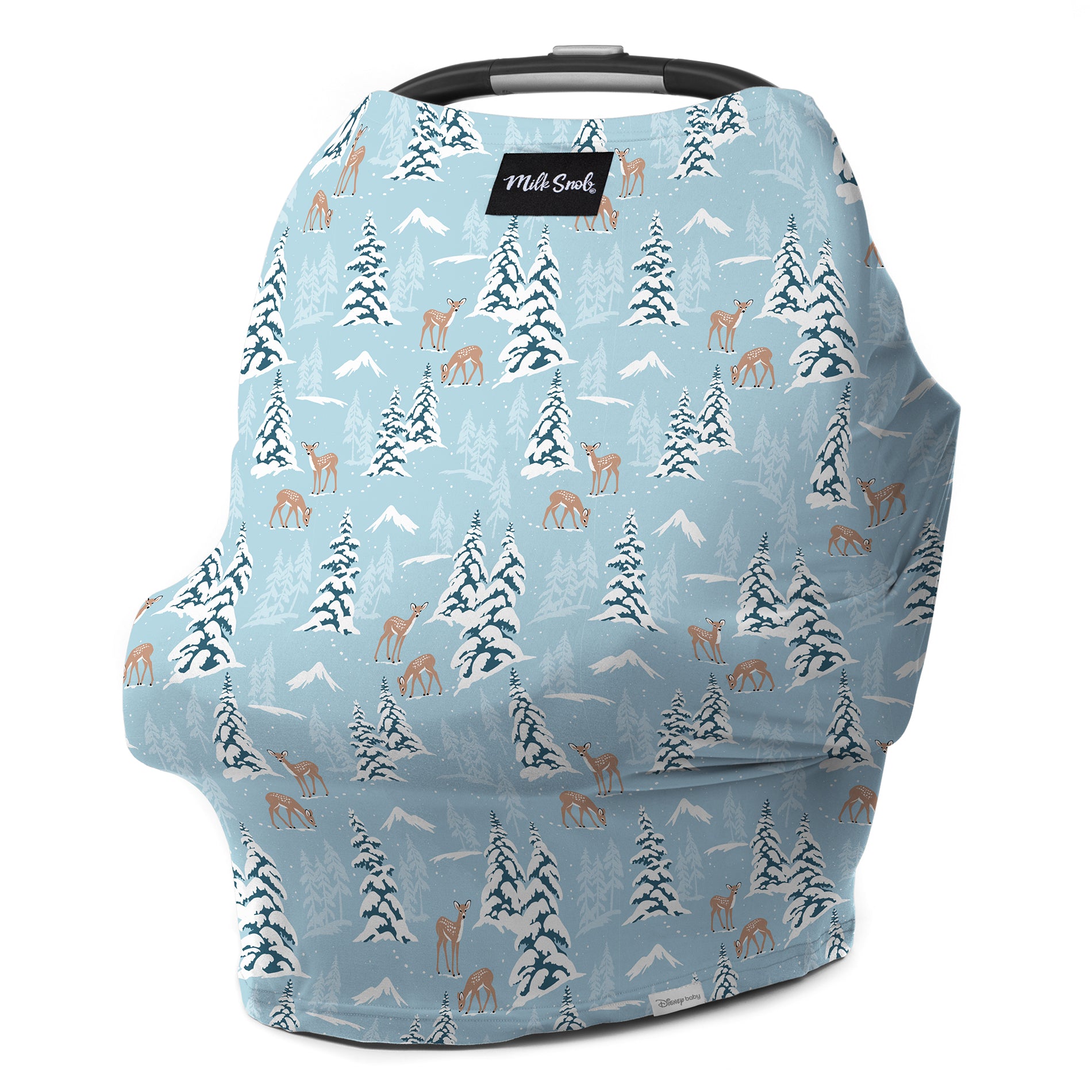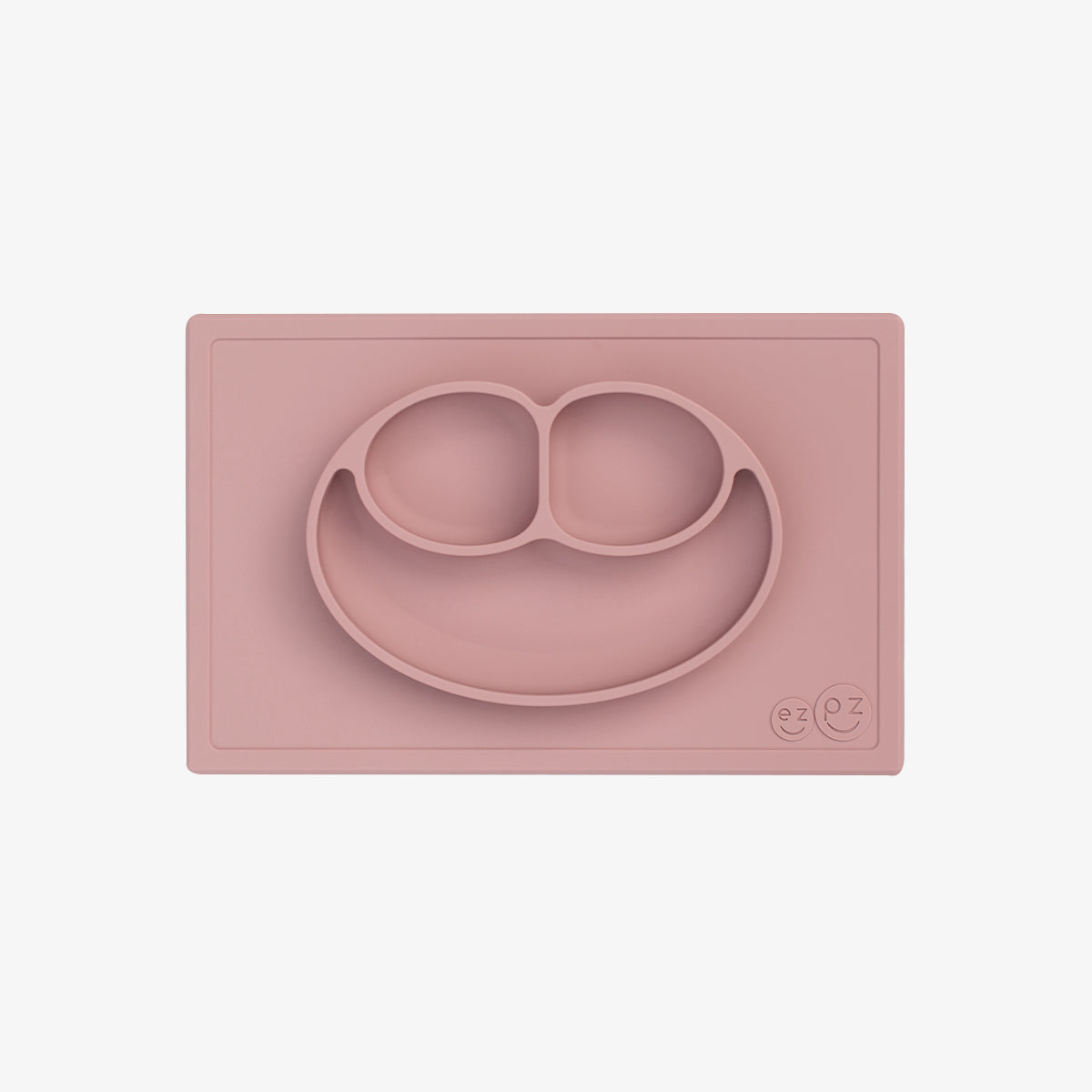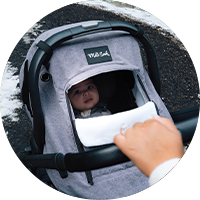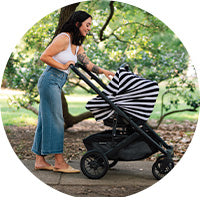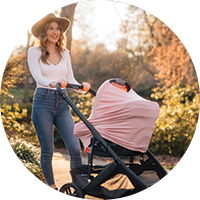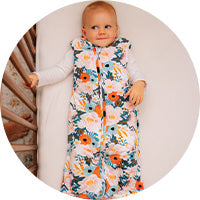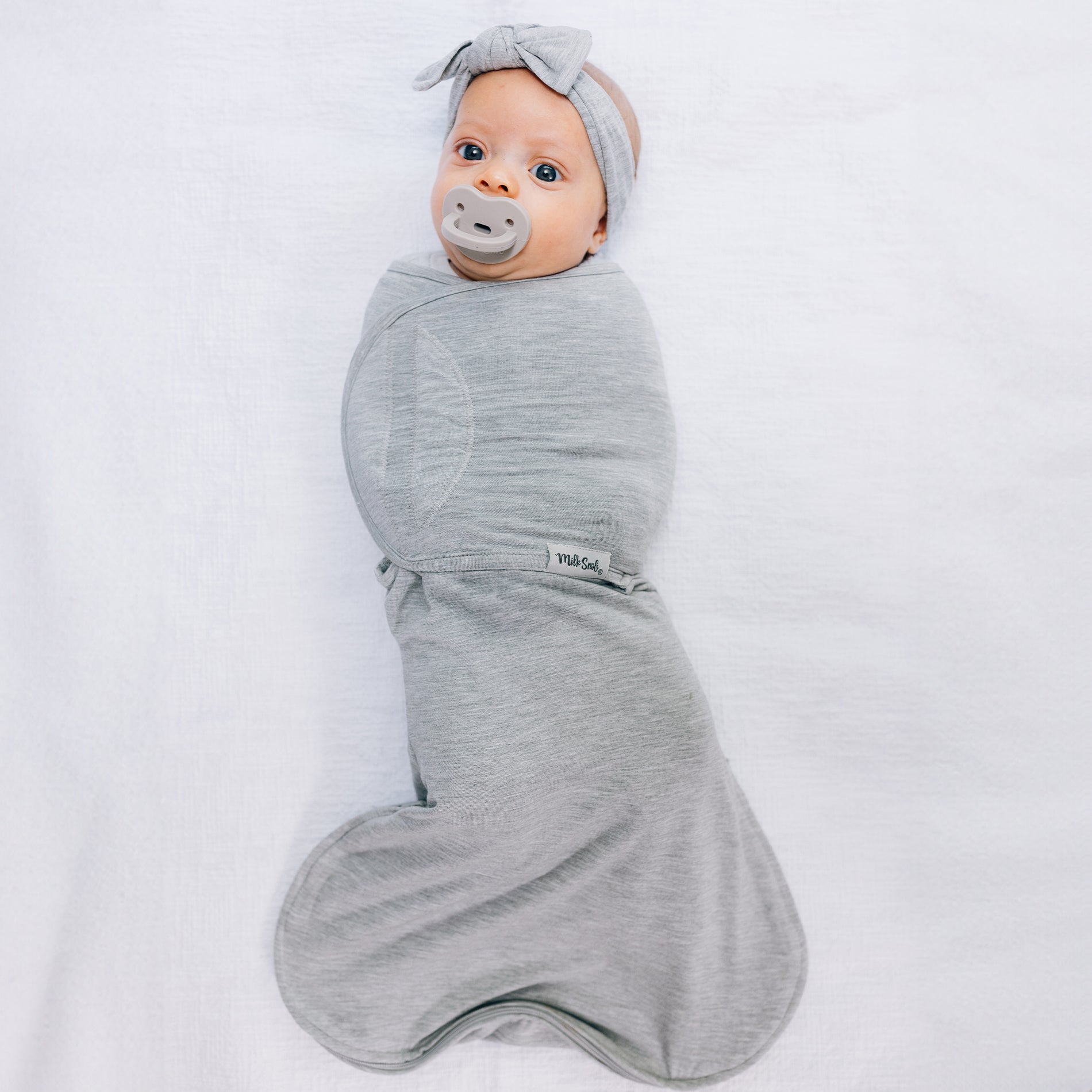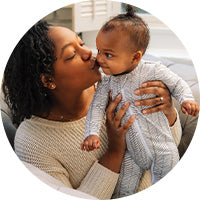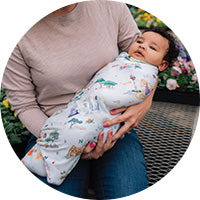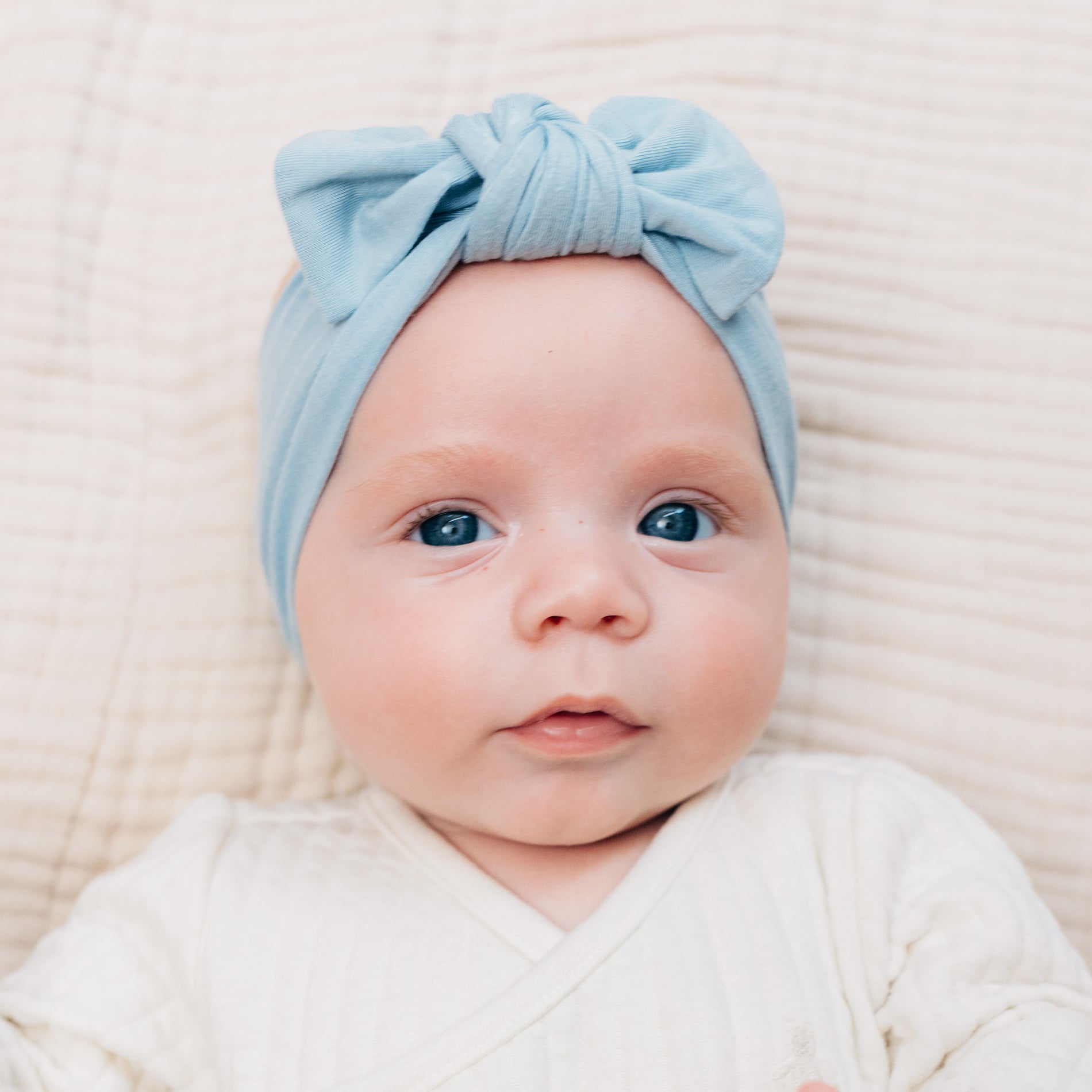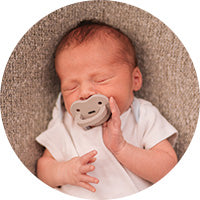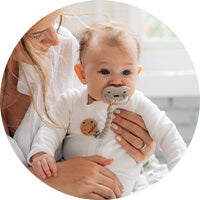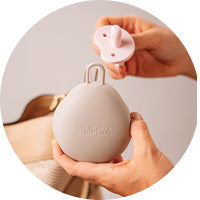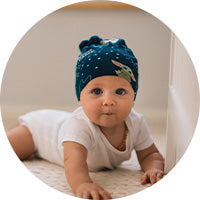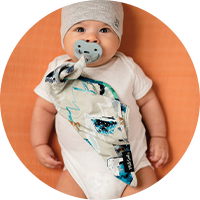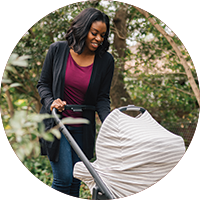Newborn Baby Blankets: How to Use Them and How to Choose the Right Age Baby Blanket
Baby blankets are among the most treasured items in a nursery, providing warmth, comfort, and security to newborns. But with so many types of blankets available, it can be challenging to know how to use them effectively and which ones are best suited for each stage of infancy. Here, we explore various ways to use newborn baby blankets and offer tips on choosing the perfect one for your baby's age.

How to Use Newborn Baby Blankets
Newborn baby blankets have multiple uses, helping parents provide comfort, warmth, and a sense of security. Here are some popular ways to incorporate these blankets into your baby's daily routine:
- Swaddling: Swaddling is a time-tested technique for soothing newborns, giving them the snug feeling they experienced in the womb. A swaddle blanket is lightweight and breathable, wrapping securely around the baby’s arms and torso to restrict movement, which helps them sleep more soundly.
- Receiving Blanket for Everyday Use: Receiving blankets are ideal for various daily tasks, from holding your baby to laying them down for tummy time. They’re lightweight, easy to wash, and provide a soft surface for activities like burping, feeding, or simply snuggling.
- Stroller or Car Seat Blanket: When on the go, a blanket can keep your baby warm and cozy in a stroller or car seat. Opt for a smaller, lightweight blanket that won’t restrict the baby’s movements or interfere with the safety harness.
- Play Mat: Baby blankets can double as soft play mats, providing a clean and comfortable surface for your little one to explore tummy time and early play. Look for blankets with gentle textures or engaging patterns to stimulate your baby’s senses.
- Security Blanket: As babies grow, many become attached to a specific blanket as a source of comfort and security. A security blanket, often small and lightweight, can soothe your baby through new experiences, making it a great travel companion.

Choosing the Right Age-Appropriate Baby Blanket
When selecting a blanket, consider your baby’s age and specific needs to ensure their comfort and safety. Here’s a guide to choosing the right blanket based on your baby’s developmental stage:
- Newborn (0–3 months):
- Best Blanket Type: Swaddle or receiving blanket.
- Features: Look for thin, breathable, and lightweight materials like soft rayon blend fabric to help regulate your baby’s body temperature. Avoid bulky blankets, as newborns don’t need much additional warmth, and bulky materials can pose a safety risk.
- Infant (3–6 months):
- Best Blanket Type: Swaddle blanket or wearable blanket.
- Features: As your baby begins to move more, a wearable blanket or sleep sack is a safe option to keep them warm without a loose blanket in the crib. Wearable blankets are designed to fit over pajamas and zip up, ensuring they stay in place.
- Older Baby (6–12 months):
- Best Blanket Type: Lightweight blanket or security blanket.
- Features: By this age, babies may start to form attachments to specific items, making a small, soft security blanket a good choice. If you use a regular blanket, keep it lightweight, especially if the baby will be supervised during use. Avoid using large, loose blankets in the crib for sleeping.

Important Considerations for Choosing a Baby Blanket
When shopping for baby blankets, there are a few essential factors to keep in mind to ensure your baby’s comfort and safety:
- Safety: Avoid blankets with loose threads, heavy embellishments, or buttons, as these can be choking hazards. Alway s ensure the blanket is in good condition, and avoid loose blankets in the crib for babies under one year old.
- Washability: Babies are messy, and their blankets will need frequent washing. Choose a blanket that is machine-washable and durable to withstand regular laundering.
Blanket Safety Tips
To keep your baby safe, especially during sleep, follow these blanket safety tips:
- Limit Loose Blankets: The American Academy of Pediatrics recommends that babies under 12 months sleep without loose blankets in their crib to reduce the risk of suffocation. Instead, opt for a swaddle or sleep sack designed specifically for infants.
- Check for Wear and Tear: Blankets can show signs of wear over time. Replace blankets with frayed edges, loose threads, or holes.
- Use Blankets for Supervised Activities: While blankets are great for warmth and comfort, save loose blankets for supervised activities like tummy time or stroller rides to ensure your baby’s safety.
Conclusion
Choosing and using the right blanket for your newborn can enhance their comfort, provide security, and create memories that last a lifetime. With various blankets available, each serving a unique purpose, you can find the perfect one for every stage of your baby’s early life. By considering your baby’s age and focusing on safety and comfort, you can ensure your little one is warm, cozy, and cared for every step of the way.





